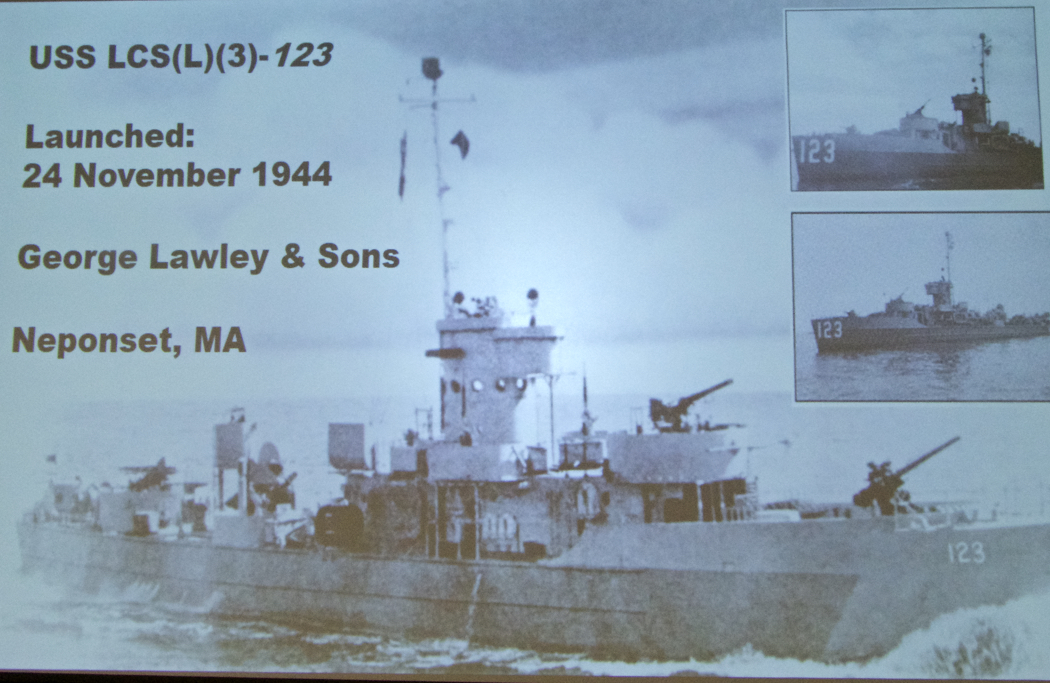 An image of the Pappy's Lane shipwreck during WWII.
An image of the Pappy's Lane shipwreck during WWII.Pappy's Lane Shipwreck Yields Clues to Marine ARCHAEOLOGIST
For almost 50 years the shipwreck off Pappy's Lane in Rodanthe has been turning to rust.
A forlorn, forgotten husk there was little to suggest it was ever anything other than some rusted barge that had grounded and wasn't worth the effort to refloat.
Clearly visible from the shoreline, the shipwreck first caught Coastal Studies Institute Marine Archeologist Nathan Richards' attention in 2010, but with no funds to really study it he had to wait.
When NCDOT presented their route for the Jug Handle to bypass the S Curves north of Rodanthe, the archeological survey team advising the transportation department felt the wreck might have some significance.
The state asked Richards to investigate and what he and his team of interns and graduates students discovered is an amazing story that begins in WWII.
Needing a landing craft that could transport up to a company of soldier at a time, the US government in WWII designed the Landing Craft Infantry Mark 3-LCI (L)(3). The extra L is for large.
The ship performed as hoped, except it was not well armed and without close arm support when troops went ashore, they were being slaughtered—that was especially the case at Tarawa—one of the bloodiest battles of the Pacific campaign.
To remedy that, some of the LCI being built were converted to gunboats—LCS Gunboat. According to reports, the LCS Gunboat was the most heavily armed ship by size and weight in WWII.
Although it has not yet been confirmed, circumstantial evidence seems to point to the wreck being a LCS Gunboat and according to Dr. Richards at a CSI Science on the Sound lecture on Thursday night, the ship seems to be the USS LCS (L)(3)-123.
At the time it ran aground and was abandoned, probably in 1969, the ship was long past it's glory days and had been converted to a fuel transport ship along the Inner Coastal waterway.
It has not yet been confirmed, but anecdotal evidence suggests it was used to pull two other ships to open water that had run aground but in the effort ran aground itself and was unable to refloat.







